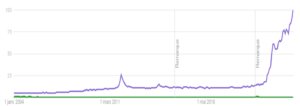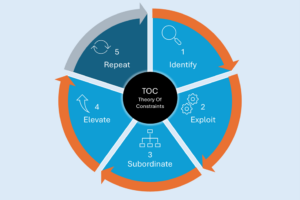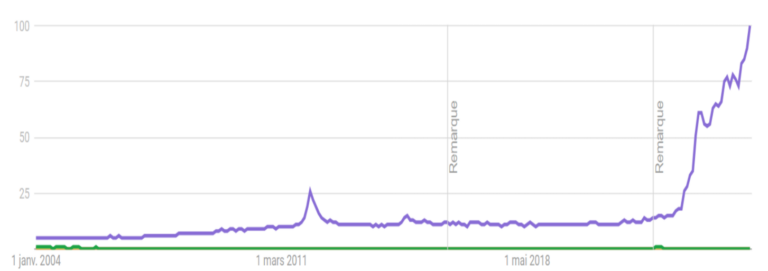Global companies often have “gas plant” supply chains.
For all sorts of reasons – historical, internal politics, IT, etc. – everything seems to have been done to make things more complex.
Organizations are fragmented.
Of course, if you’re a global corporation, you need to structure teams into manageable entities, so it’s necessary to articulate business clusters.
It’s a long way from splitting up roles and responsibilities to the extreme, with upstream/downstream management cross-referenced with business unit matrices, a set of sales and marketing entities in dialogue with customer service teams, and a network of demand planners that overlaps with a network of supply planners who network with other upstream supply planners… it’s a step that shouldn’t be crossed.
Separate teams deal with long-term planning, medium-term planning, short-term planning, scheduling, procurement, inter-site flows, production and distribution. Rituals to orchestrate all this follow one another, and much of the energy expended is in internal interactions.
Responsibility for overall performance – service, costs, and inventory – is often diluted, if not finger-pointing.
The pendulum swings
A new COO or VP of Supply Chain has just arrived – he/she needs to make his/her mark. What was done before no longer makes sense. The pendulum swings in a new direction. Centralize. Decentralize. Matrix. Dematrixize. Increase stocks. Decrease stocks. IBPfy. PullFlow. Yes, I know, some of these verbs don’t exist, at least not yet.
Systems make a millefeuille
ERP, DRP, APS, WMS, TMS, and so on. – each of them often in the plural because of the history of the entities – are piled up, and harmonized by… Excel.
Projects cost millions
As soon as you want to touch something – ouch, it’s going to be complicated, and it’s going to cost millions – and years.
The cost of projects is a double-edged sword. Sometimes a project must be expensive to be legitimate, to get the attention of the Board, and to satisfy the ego of its sponsor…
The flow is lost.
In the complexity arising from organization and systems, flows are often lost sight of. These flows are sometimes complex, but sometimes not.
Take FMCG, for example. The flows are often simple. We supply raw materials and packaging items. A bulk product is manufactured, which is then packaged. The stocks are then deployed in a distribution network. Sounds simple, doesn’t it?
If you divide this flow transversally into a succession of responsibilities and layers of systems, it’s immediately going to be less clear-cut. Plan to add artificial intelligence, control towers, and a good layer of complex and costly control systems (see previous paragraph).
Simplicity and consistency
Complexity and the dilution of responsibilities are not inevitable.
The orchestration of a supply chain, however complex, must follow a few principles:
– Be coherent, i.e., designed and governed as an end-to-end system based on the flow of actual demand – and ensure that the links in the chain are aligned.
– Be easy to manage and adapt, with processes and systems that are agile, reconfigurable, and provide visibility.
– Promote clear, end-to-end responsibilities.
Demand Driven methodologies and our Intuiflow platform are designed with this in mind, and, best of all, they don’t cost millions… Don’t hesitate to book a demo!












